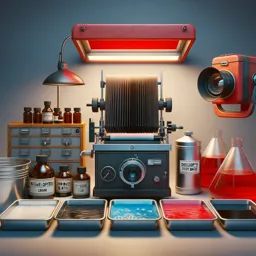Introduction
Photo retouching is a crucial process in the world of digital imaging, transforming ordinary photos into visually striking works of art. It involves correcting, enhancing, and manipulating images to achieve a polished and professional look. Whether you’re editing portraits, product images, or landscapes, photo retouching ensures your final image is flawless and ready to captivate viewers.
Common Photo Retouching Techniques
- Skin Smoothing: Removes blemishes, wrinkles, and uneven tones to give a natural yet attractive skin appearance.
- Color Correction: Adjusts brightness, contrast, and saturation to balance and enhance colors within the photo.
- Background Cleanup: Eliminates distractions and imperfections in the photo background for a cleaner composition.
- Sharpening: Enhances details for a crisper, more defined image.
- Dodge & Burn: Selectively lightens or darkens areas to add depth and dimension to your image.
Best Practices for Effective Retouching
- Work Non-Destructively: Use layers or duplicates to preserve your original image data, allowing you to easily revert changes.
- Maintain Realism: Subtlety is key; avoid over-editing which can make images look unnatural.
- Understand the Purpose: Tailor your editing approach based on whether the image is for editorial, commercial, or personal use.
- Zoom In and Out: Check your edits at different magnifications to ensure no details are overlooked or exaggerated.
- Use High-Resolution Images: High-quality images retain more detail during editing and deliver better results.
Applications of Photo Retouching
Photo retouching is used across various industries and for numerous purposes, including:
- Advertising and product photography
- Fashion and portrait shoots
- Editorial and magazine publications
- Event and wedding photography
- Restoring old or damaged photographs
Getting Started with Photo Retouching
With a wide range of image editing software available, anyone can learn the basics of photo retouching. Start by practicing fundamental techniques on sample images, gradually building your skillset as you explore more advanced methods. Online courses, tutorials, and communities can guide you toward mastering this essential digital art skill.
Conclusion
Photo retouching is more than just fixing imperfections—it’s about bringing out the best in every image. By mastering key techniques and following best practices, you can create polished, professional-quality photos that stand out in any context.

























